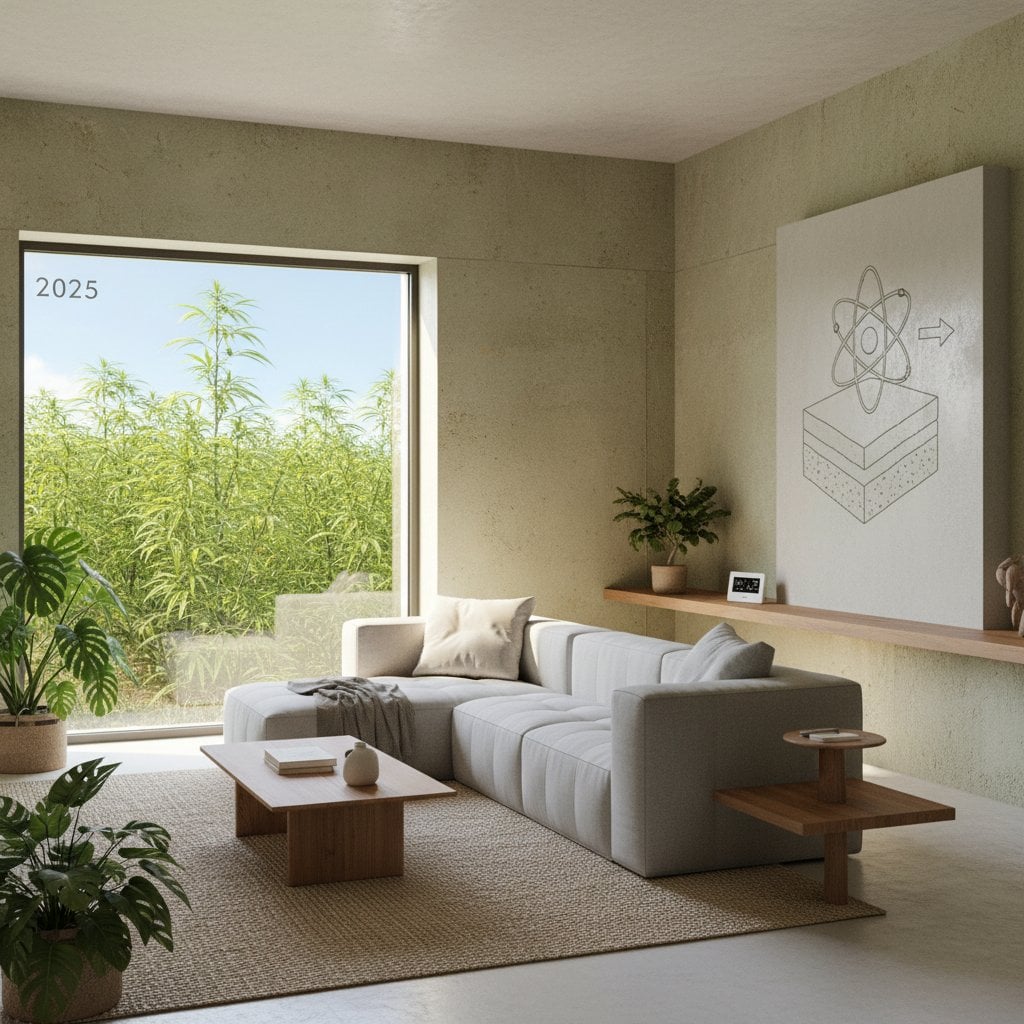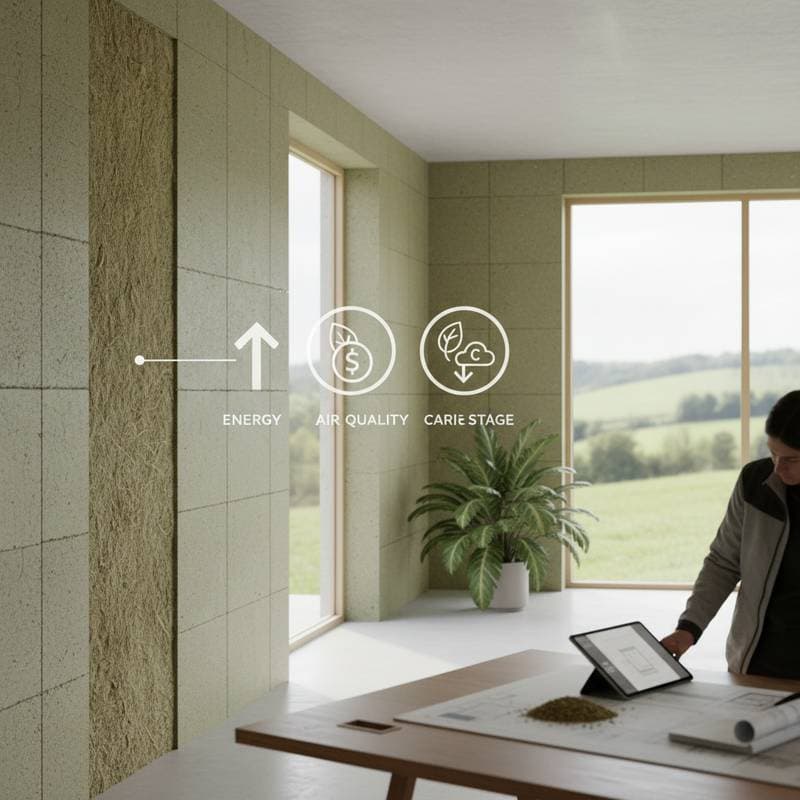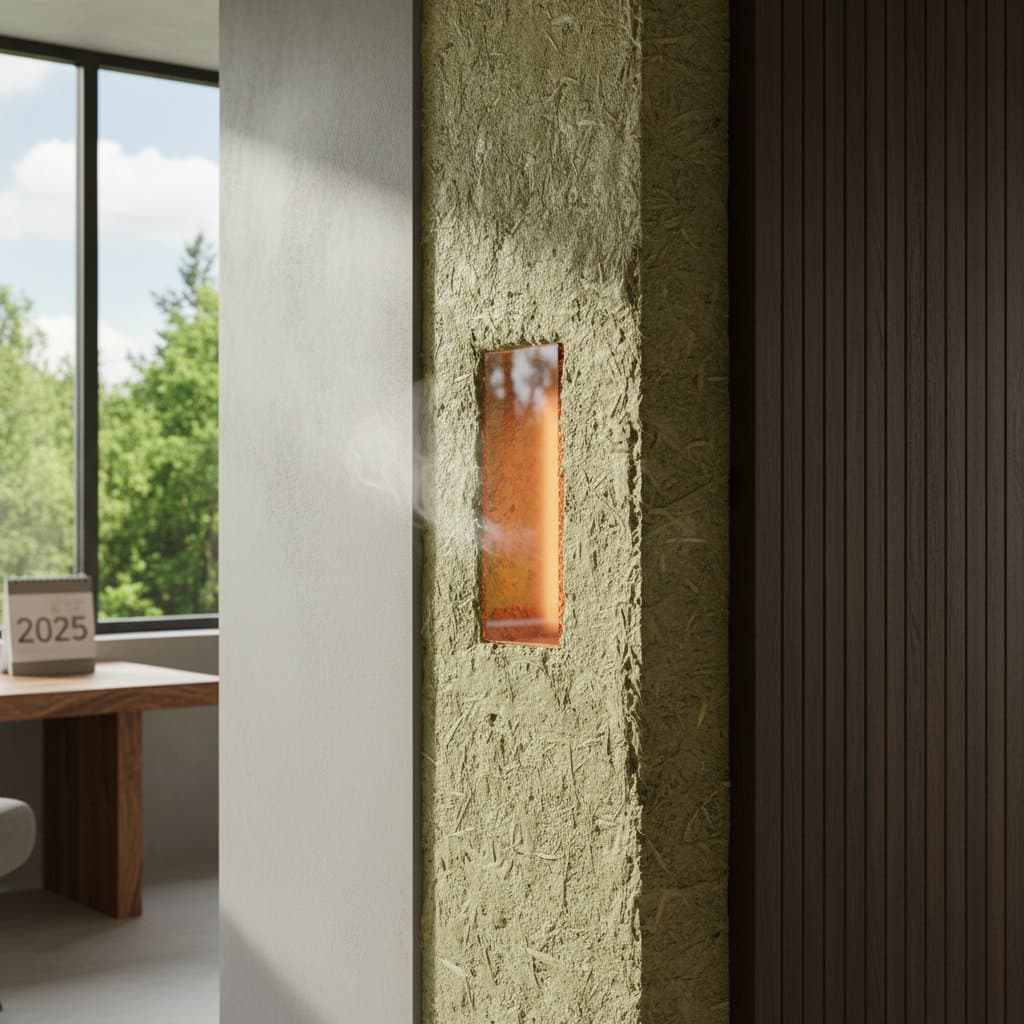Hempcrete and Mycelium: Sustainable Construction for 2025 Energy Savings
Buildings of the future may feature walls constructed from hemp and fungal networks. These bio-based materials establish benchmarks in sustainable construction. Hempcrete and mycelium offer practical solutions that enhance energy efficiency and lower costs, altering perspectives on residential and commercial development.
Essential Benefits
- Hempcrete provides insulation that decreases energy expenses by up to 40 percent through excellent thermal performance and moisture control.
- Mycelium composites achieve full biodegradability and serve as replacements for petroleum-derived foams and plastics in structural and insulating roles.
- Both options sequester carbon rather than emit it, yielding climate advantages and eligibility for green certification credits.
- Upfront expenses typically balance out in five to seven years via diminished energy consumption and upkeep reductions.
- Sourced locally with low toxicity, these materials elevate indoor air quality and bolster local economies.
Mycelium: A Biological Construction Material
Hempcrete functions as a sustainable counterpart to concrete, while mycelium replaces plastics and foams in an environmentally sound manner. Mycelium consists of the root-like structure of fungi. Grown with agricultural residues like straw or sawdust, it forms a compact, lightweight material. After drying, it gains rigidity and strength, fitting for panels, insulation, and furnishings.
Biological Strength
Mycelium composites exhibit compressive strengths similar to lightweight synthetic foams, typically between 0.2 and 0.6 megapascals. Density adjusts through growth parameters, enabling customization for specific needs. For insulation, thermal conductivity ranges from 0.03 to 0.05 W/mK, comparable to expanded polystyrene.
Such specifications support substantial practical advantages. Mycelium panels minimize heat loss and noise penetration, fostering serene and comfortable spaces. They resist fire, extinguish themselves, and avoid harmful binders or retardants.
Environmental and Economic Effects
Mycelium utilizes agricultural waste, transforming it into useful construction elements. Data from the Sustainable Biomaterials Collaborative indicate that one cubic meter of mycelium composite sequesters approximately 180 kilograms of carbon. Substituting synthetic insulation reduces embodied carbon by more than 70 percent.
Production demands little energy, occurring at ambient temperatures. Facilities remain compact and modular, positioned near supply sources to generate employment and limit transportation emissions.
Installation and Upkeep
Mycelium forms into boards, bricks, or custom shapes for aesthetic and utilitarian purposes. Lightweight and simple to cut, it integrates with wood or metal frames. Installation mirrors standard boards, with the bonus of compostability at lifecycle end.
Control moisture exposure diligently. Mycelium thrives in arid, shielded settings or paired with permeable coatings such as lime plaster or natural paints. Thoughtful application matches the longevity of conventional options.
Financial and Regulatory Factors
Support Through Incentives and Standards
Sustainability initiatives increasingly validate bio-based materials. Incorporate hempcrete or mycelium to accumulate credits in LEED, BREEAM, and similar frameworks. Certain areas provide tax rebates or funding for low-carbon projects, covering 5 to 10 percent of startup expenses up front.
Insurance coverage and approvals advance steadily. Greater adoption by builders expands testing and regulatory compliance. Certification organizations supply consistent metrics, simplifying inclusion in design specifications.
Investment Returns
Building simulations by analysts reveal that structures with hempcrete and mycelium insulation attain 25 to 45 percent yearly energy reductions. For typical homes, this yields hundreds of dollars in annual savings on heating and cooling.
Environmental gains prove equally significant. A medium-sized residence using these materials sequesters multiple tons of carbon, countering construction emissions. Across the structure's lifespan, total carbon cuts in embodied and operational phases surpass 60 percent relative to standard materials.
Implementing Bio-Based Materials
Adopt bio-based construction through targeted initial efforts. Specify hempcrete for non-structural walls or mycelium for internal insulation in designs. Prioritize local procurement to secure quality and minimize shipping expenses.
For renovations, homeowners initiate with modest upgrades. Swap synthetic insulation for mycelium panels or apply hemp-lime plaster to interiors, enhancing comfort and air purity without extensive alterations.
Building Expertise for Adoption
Workshops and certification programs proliferate for professionals. As supply networks develop, prices decrease, broadening access. Engage suppliers early to integrate these options seamlessly.
Sustained Advantages in Practice
Hempcrete and mycelium redefine material priorities in construction, emphasizing energy, health, and ecology. They demonstrate harmony between sustainability and efficacy. For new projects or updates, these choices secure resilience, cut costs, elevate living standards, and lessen ecological impact, advancing a more temperate global environment.










